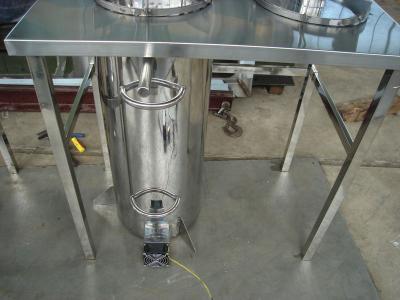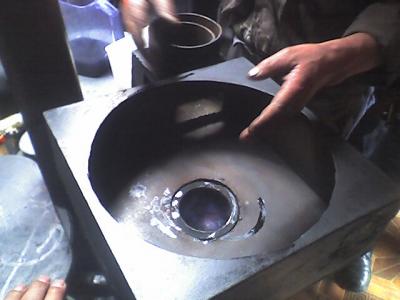Nathaniel Mulcahy, March 2010
Over the past weeks several NGOs and individuals have written to ask how it is that we determined how much a family spends each day on charcoal. This is the initial survey we did for IOM over a month ago (pdf). We have since continued each week to do updates but the numbers are unchanging. The three camps I have chosen to include in the excel are good examples of the variation. One is a semi permanent camp that, in part, was there prior to the quake, one is an organized camp that was established through collaboration between the local government and various local and international NGOs, and the third is a spontaneous camp that sprang up post quake in the hopes that aid would arrive. On a happy note, since we did this original survey I am happy to report that the spontaneous camp has received showers and sanitation facilities and a great number of tarps and tents.
It should be noted that there are also ghost camps. These are camps that have no cooking facilities. They are created in the hopes of receiving aid or by people who still worry about sleeping in their houses. In the latter case, the people spend the day at home and sleep in the camps. There is a very nice one in Delmas with about 400 families and a small clinic.
I hope this helps answer the charcoal cost questions that many have been asking.
All the best,
Nat of WorldStove
Lifeline to Haiti is a joint project between International Lifeline Fund (ILF) www.lifelinefund.org , WorldStove(WS) http;//www.worldstove.com , and local partners. The short term goals are to provide high-efficiency low-emission cook stoves to families affected by the recent earthquake. The long term goals are to establish a permanent locally owned and operated stove factory and distribution network in Haiti.
Our recent survey work in the IDP camps has indicated that fuel prices have undergone a 50% price hike since the earthquake. The inefficiency of local stoves, the increased cost of fuel and simultaneous decrease in earning options following the quake make the rapid implementation for the stoves a pressing concern.
International Life Line Fund is a Washington D.C. based nonprofit NGO. With years of experience in the implementation of stove programs in areas where fuel is a critical concern such as Darfur, Uganda, Kenya, and Tanzania. It is vital to have a keen understanding of how critical stoves are to health, economy, and the environment.
WorldStove is an expert in high efficiency cook stoves with projects in numerous countries around the world. . The stove selected for the Lifeline to Haiti Project is the LuciaStove. It specifically designed to eliminate the need of charcoal or wood. It ships flat to keep shipping costs at a minimum (1000 stoves can fit in a little more than a cubic meter) and can be easily assembled b y local skilled and unskilled collaborators creating desperately needed local jobs.
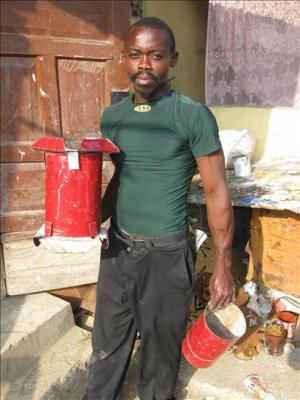
The LuciaStove boasts long life low emissions and the ability to use any waste plant, paper or cardboard as fuel. It does not burn the fuel but instead turns it into a clean (blue flame) burning gas with an energy content comparable to propane.
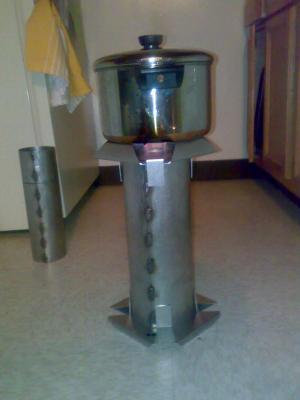
Local Partners are fundamental to both the short and long term success of the project for they help can identify the places of greatest need and assure that training, distribution and continual evaluation allows the stove program to have the greatest positive impact possible.
We have and continue to conduct survey both formal and in formal in new camps everyday. From Carefour Feuilles, Carefour, Petion Ville, Delmas, Plas Mai Gattes, and the informal camp Terren Aerport, it is clear that increased fuel costs, decreased earning options, a heavy dependence on charcoal and inefficient stoves are creating a severe burden on local households.
Local daily income, for the households that have income, varies between USD 3.12 and USD 5. Charcoal is most often sold by the “Marmit” (a large coffee can) and not by weight. Cost decreases with larger purchases further disadvantaging those with the lowest income. In general the cost of a Marmit is around 25 Goude (0.625 USD assuming an exchange rate of 40 Goude/USD). The increase in fuel cost has forced many families to go from three to one meal per day and a daily fuel expenditure of 62.33 Goude (1.56 USD). Considering that many households have lost all earning options and that this fuel cost is the equivalent of 31% - 50% of the daily income of those fortunate enough to have work, the current situation is clearly unsustainable and is forcing households to make the difficult decision between food and fuel.
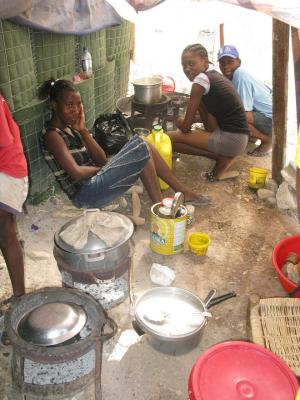
Nathaniel.

